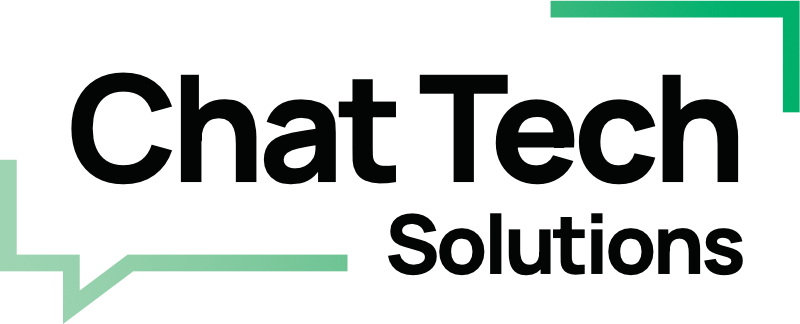
Have You Practiced What You Preach? (Here is What Happened When I Did)
Last September, I decided to do something simple in theory and surprisingly messy in real life: I set up my brand-new iPhone…from scratch.
No easy “clone your old phone” shortcut. Just a clean slate—installing apps one by one, signing into accounts, sifting out all the digital dust that had built up over years.
You’ve probably heard IT folks say, “Start fresh, it’s the best way.” And on paper, they’re right: Your phone runs quicker, battery life gets a boost, and you finally leave deadweight apps behind. I thought, why not practice what I preach to my clients?
Well, somewhere between week two and week three—late at night, still shuffling app icons and hunting for passwords—I hit the wall. “Best practice” just felt exhausting and endless. I finally surrendered, wiped the phone, and simply cloned my old setup instead.
💡 And that’s when it hit me:
The advice that works “best” for your tech—or for your business—might not be the best answer for you right now.
What’s “Better,” Really? (And Who Gets to Decide?)
As experts, we’re paid to care about better ways of doing things. We obsess over better experiences, faster methods, more elegant solutions. And we teach that to our clients because we want what’s best for them.
But lately, I’ve been asking myself—what do we actually mean by “better”?
- Is it what’s technically best?
- What’s most efficient long term?
- Or what’s simply easiest and least stressful at this very moment?
It turns out, “better” is rarely just about the process…it’s about the people inside the process.
Did you know:
➡️ Clients don’t just remember what you did for them—they remember exactly how you made them feel, especially in that crucial first 30 days.
So, before you roll out a perfect new workflow or shiny onboarding, pause.
Are you defining “better” by your ideal—or by what truly brings value in the client’s world, today?
How to Walk in Your Client’s Shoes (5 Client-Focused Rules)
Here’s how we’ve learned to tweak our approach, so “better” actually serves everyone involved:
1- Mechanical Walkthrough
- Create a real client account on your system and run yourself through every step as if you are the one getting help.
- Where’s the friction? Are there vague questions, or steps that just don’t work as intended?
- 🎯 Actionable Tip: If you get tripped up or lose interest, your clients will too.
2- Emotional Walkthrough
- This time, tune into your feelings.
- Do you feel rushed, confused, or ignored as a client going through the process?
- ⚠️ Be Aware: Small moments of stress can leave big impressions.
3- One Size Won’t Fit All
- Flexibility is everything.
- Some clients want hands-on meetings; others want clear lists and space to respond on their own time.
- 📌 Important Note: Adaptability is a form of empathy.
4- Collect Feedback—But Not Too Soon
- First, walk the process yourself. Then, check what clients are actually saying.
- If you spot an issue and clients mention it too, you know it’s real. If not, ask your existing clients opinion before assuming anything needs fixing.
5- Ask for Help (Don’t Carry It All Alone)
- Identify what’s weighing down your process and what’s genuinely causing mechanical and emotional friction for your clients.
- Gain clarity and set priorities on what truly matters.
- Then turn to your team member (or partners like us!) who can help turn “better” from a burden into a real value-add.
Empathy—It Goes Both Ways
Great leaders are great empathetic listeners, always tuning in to what others need. But you deserve empathy too. If a member of your team or a vendor you depend on such as your IT partner isnt’t listening and hearing you effectively, you’re allowed to expect better.
You shouldn’t have to struggle for progress alone—or keep running in circles, trying to be “perfect” when what’s actually needed is a little progress and a lot of understanding.
Ready for a Perspective Shift?
Take a day. Imagine you’re the new homeowner anxious about the interior design process, the project lead with a make-or-break deadline on that blueprint, that company manager in charge of delivering the perfect event for their attendees—then walk through your own process, step by step.
Where are you supported? Where are there gaps?
Let’s have a conversation about what you see, and where you want your client experience to go next.
👉 Next Step: Just say the word and we can join forces to make “better” truly deliver—for you, and for every client you serve.




